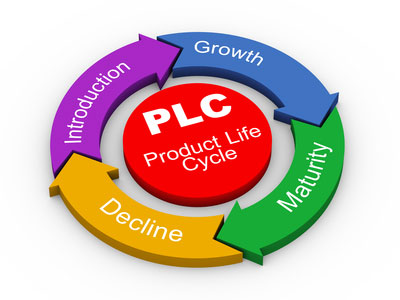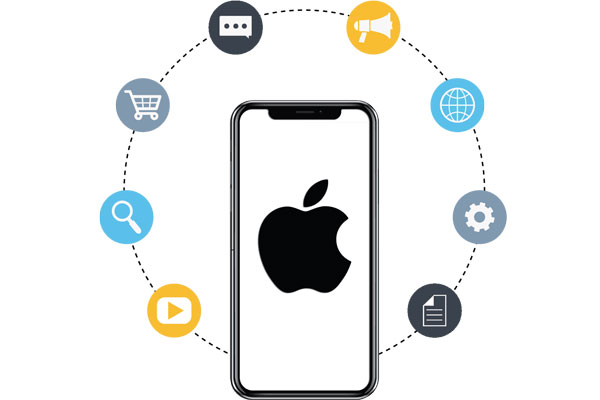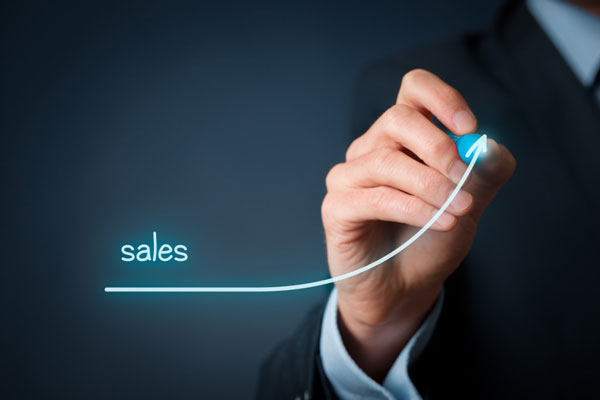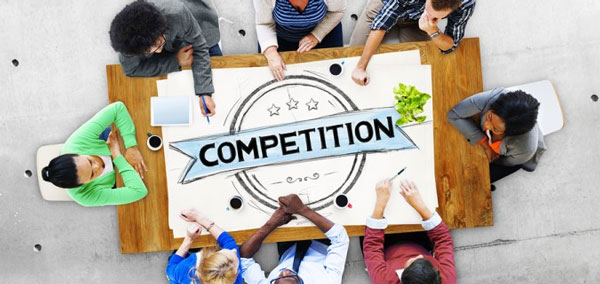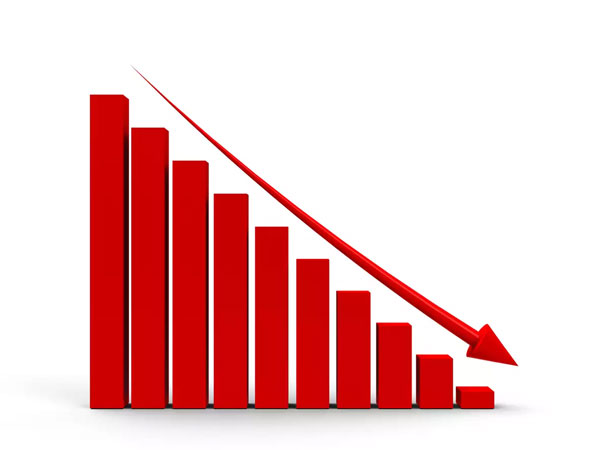
What is Product Life Cycle (PLC)? Common stages in a PLC

What is Product Life Cycle (PLC)? How many stages are there in the Product Life Cycle. In this post, we will learn the definition of this term, as well as analyze stages in the Product Life Cylce.
Along with the development of society and science and technology, human needs and desires are always changing. At different time points, people's needs and expectations will be different, as a matter of course, the products/services that meet those needs will also be different. Therefore, the life cycle (lifetime) of a product/service in the market is always finite. There are products with very long life cycles, others with very short life cycles. However, all product life cycles always have one thing in common: they go through a cycle with 4 stages: penetration, growth, maturity and decline.
In this article, we will dive deep into those stages of the cycle.
What is Product Life Cycle (PLC)?
Product life cycle is a term in marketing that refers to the process of changing prices, sales and profits of a product / service, from the time that product / service is introduced to the market until it is completely withdrawn from the market.
Product Life Cycle can be written in short form as PLC.
Stages in the product life cycle
As mentioned in the intro paragraph, the life cycle of a product / service involves totally 4 stages: Introduction, Growth, Maturity, and Decline. To have a better view of these 4 stages, we can take a look at the chart below.
Stage 1: Introduction
After completing the development of a new product, that product / service will be launched by the business and begin a life cycle. Introduction is its first stage of its life cylce. In most cases, the majority of your target customers are unaware of the existence of this new product/service. Therefore, the goal of the business in this stage is to promote information about the product, as well as convey marketing messages related to the product to the target customers.
After a period of bringing new products into the market, businesses start to have revenue, but the chances are high, that number will be quite low and profits will be negative. Most businesses apply a market penetration pricing strategy with a relatively low initial price, so that the product is more easily accepted.
A few other businesses were very successful during this period, notably Apple, with very clever PR campaigns before the new product was launched. The new products of these enterprises at the time of launch were well known and well received. Businesses can break even or make a profit in a short period of time. Price skimming strategy, is a pricing strategy that is often applied in this case, when the product is priced at the highest price compared to other stages in the cycle, in order to earn a large profit for the customer. enterprise.
To minimize risks, most businesses in this stage choose to produce products in sufficient quantities and distribute them through a select number of channels.
Stage 2: Growth
A sign of strong growth in revenue and profit is the milestone that sets products/services into the "growth" phase. When the majority of target customers already know the existence of a new product, businesses will lower its budget for previous aggressive promotional programs, to focus their budget on production, distribution and sales.
Some businesses may launch expanded (customized or updraged) versions of the original product so that customers have more choices to suit their needs.
Increasing production speed and expanding distribution are key to success at this stage. Because, the delay can lead to the risk that the company's new product will be defeated by another competitor's product in the war of capturing market share.
Besides promoting sales, keeping a good customer relationshop is also an important factor to maintain a stable level of growth.
Stage 3: Maturity
The saturation stage of a product/service leads to a decline in revenue growth, in other words, revenue growth begins to show signs of slowing down and leveling off during this period. The reason for this problem can be explained by a simple reason, the source of new customers is limited, and the business has exploited most of that source of customers.
At this stage, businesses begin to reduce production intensity and focus on building relationships with customers. One of the factors detrimental to businesses during this period is the "high level of competition". The company's products may face competition from other substitute products from competitors. Therefore, in order to be able to survive that level of competition, businesses need to maintain stable product/service quality, offer other support services, as well as enhance care activities.
In addition, depending on the level of competition and production costs, businesses may consider reducing selling prices to improve competitiveness for products/services.
Stage 4: Decline
When monthly revenue begins to decline, it is a sign that the product / service has entered a recession period. That decrease comes from many causes, but mainly due to changes in factors in the macro environment such as natural environment, technology, etc., causing that product/service to gradually lose its ability to respond to the needs of customers.
During this period, enterprises begin to sharply reduce the number of products produced on the market and begin the process of developing and researching new products.
Price reduction is an effective tool to help businesses liquidate inventory, contributing to increasing revenue and reducing costs for businesses.
Conclusion
The product life cycle is a model that predicts how products will behave in the market over time.
Using the PLC will help businesses to predict how products will perform in specific markets, identify current strong and weak points of their products.
In addition, as a result of analyzing what changes must be made to product features or even replace it with other new products, helps companies gain a competitive advantage over would-be competitors by making more feasible decisions to optimize their products / services and future direction.
For small businesses, product life cycle analysis will help them understand key business metrics such as revenues, expenses and profits associated with specific products or services in the current period.
In conclusion, using the PLC is a simple way for any organization to better predict the future of its product/service in the market.
